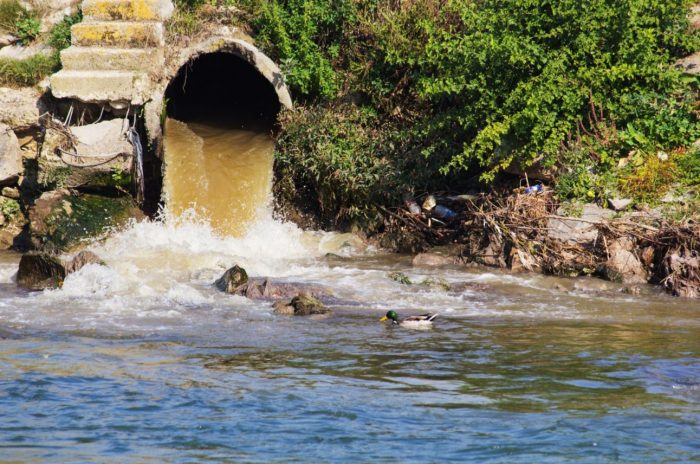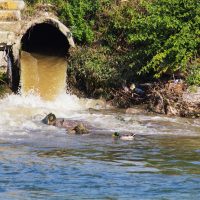
In response to the Water Keeper Alliance v. USEPA (2016) case, USEPA has undertaken efforts to improve the next generation of the EPA Multi-Sector General Permit (MSGP) for industrial stormwater discharges. The National Academies of Sciences, Engineering, and Medicine (NAS) committee was formed to conduct a study to provide input to USEPA as it revises the MSGP for industrial stormwater.
Under the Clean Water Act (CWA), USEPA has adopted and implemented three permit programs used to regulate discharges of stormwater to receiving waters. These regulatory permit programs are designed to address stormwater associated with municipalities, construction sites, and industrial facilities. In recognition that industrial stormwater is particularly challenging to manage because of the wide range of industrial sectors that must be accounted for, each of which produces a unique suite of contaminants in stormwater. The industrial stormwater permit program includes a small number of individual facility-specific permits as well as general permits that are issued for groups of industrial sectors at both the state and federal levels. The current MSGP for industrial stormwater covers over approximately 4,000 facilities nationwide and is used as a framework for state-adopted programs. USEPA must renew the Multi-Sector General Permit by June 4, 2020.
In conclusion of this study, the NAS Committee has suggested several improvements to the current MSGP benchmarking requirements to be considered by USEPA as part of its 2020 renewal and revision efforts. The NAS Committee requests USEPA to further examine:
- Benchmark monitoring expanded to additional industrial sectors
- Monitoring for additional industrial activity-related pollutants
- Industrial-wide monitoring (pH, TSS, COD, oil and grease)
- Adjustment in benchmarking thresholds (lower) and frequency (increase)
- National Effluent Limitations (NELs) for stormwater
The NAS Committee further urges USEPA to identify those parameters that are the most important to indicate whether the existing stormwater management control measures are protective and operating at the best available technology (BAT) or best conventional technology (BCT) to control stormwater pollutants. As technology and data supports, additional implementation measures (AIM) should be required by the industrial facility.
Also, the NSA Committee strongly supports establishing numeric retention standards as well as proposed water quality-based numeric effluent limitations (NELs) for stormwater since now the NAS Committee asserts USEPA possesses sufficient stormwater sampling data and information in support of this effort. The Committee further asserts that this information can also be used in support of total maximum daily load limits (TMDLs) for the associated rivers and streams.
The most contested aspect of the NAS Committee’s proposal is to expand the three-tiered approach to monitoring requirements based on the facility’s risk, complexity, and past performance, and the establishment of numeric action levels (NALs), one year after the effective date of the issued permit. In instances where there are NAL exceedances by the facility, USEPA is to establish Tier 1 measures, requiring the facility to review of the Storm Water Pollution Prevention Plan (SWPPP) and implement operational source controls as Best Management Practices (BMPs). Tier 2 is to require the facility to further evaluate potential sources and treatment control options (such as BAT, BCT or BMPs). The final Tier 3 would require the installation of structural control measures and added monitoring as may be necessary.
Lastly, the NAS Committee requests USEPA to identify the highest priority industrial facilities/subsectors for consideration of additional discharge monitoring and the inclusion of other industrial sectors (such as transportation facilities). The “highest priority” means those facilities/subsectors for which the development of NELs or reasonably standardized stormwater control measures would be most scientifically defensible asserts the Committee.
At this time, Ohio EPA is attempting to anticipate how these federal MSGP changes will impact their state program. However, currently, Ohio EPA concentrated efforts are on the municipal stormwater program (MS4) and how best to incorporate TMDL requirements into the MS4 permit and comply with the MS4 remand rule. The Agency does not expect a draft MS4 permit until summer 2020.



